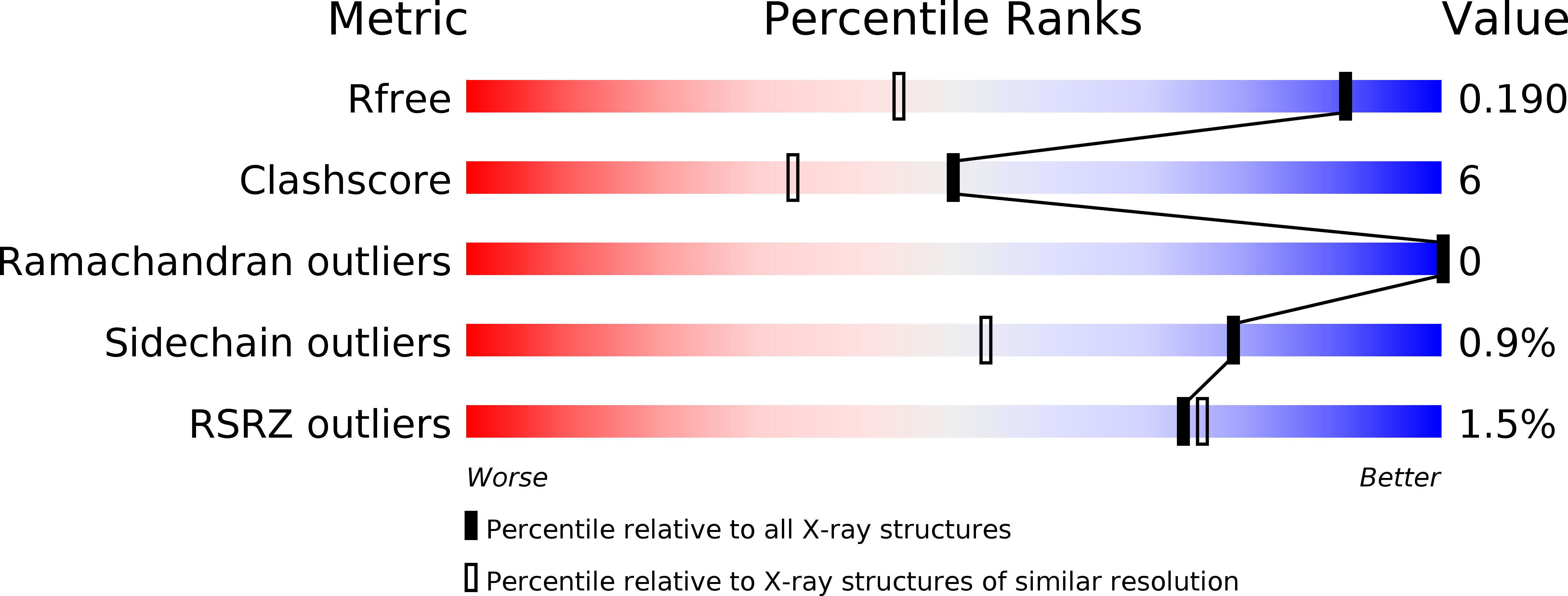
Deposition Date
2013-05-13
Release Date
2013-06-26
Last Version Date
2023-12-20
Method Details:
Experimental Method:
Resolution:
1.30 Å
R-Value Free:
0.17
R-Value Work:
0.13
R-Value Observed:
0.13
Space Group:
P 21 21 21


